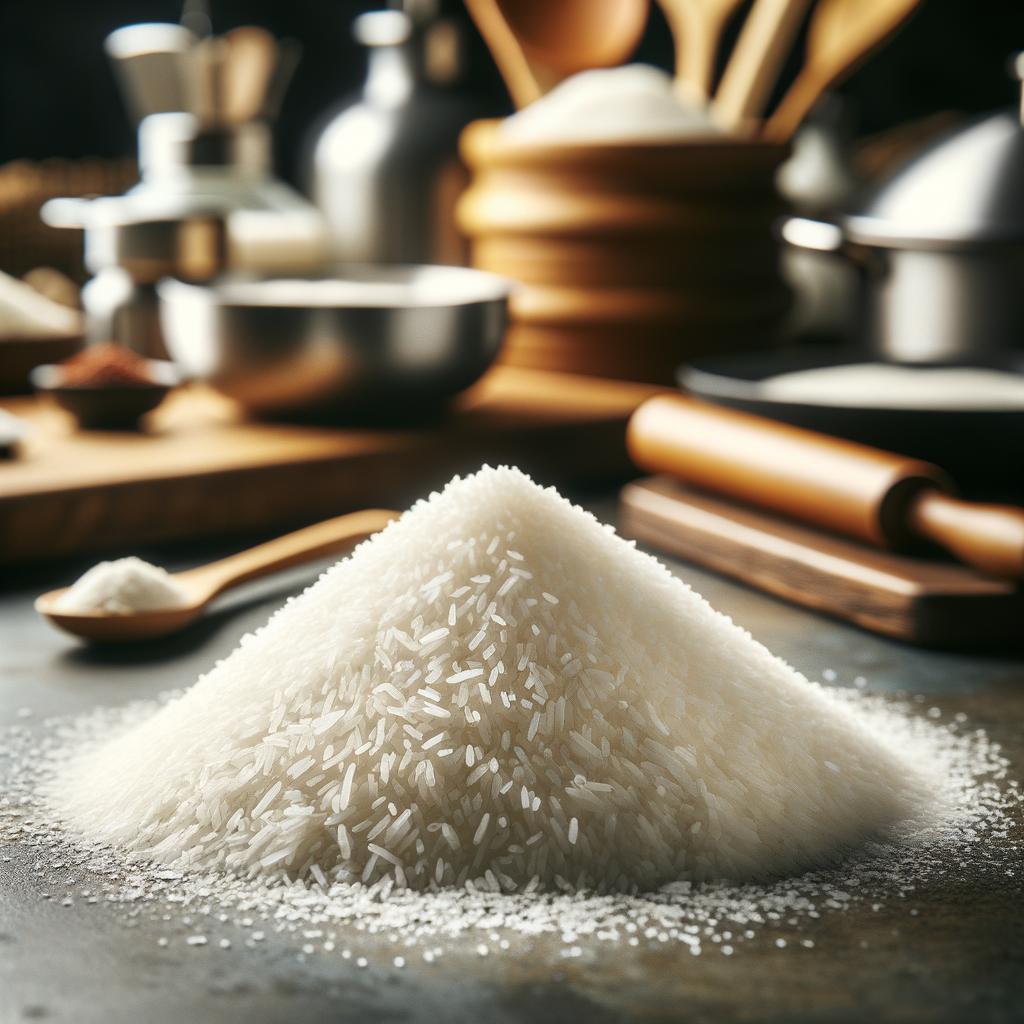Sweet Rice Flour

Description
Sweet rice flour, also known as glutinous rice flour or mochiko, is a delightful ingredient that is anything but ordinary. Despite its name, it doesn't possess a sweet flavor, nor does it contain gluten. Instead, it gets its moniker from the sticky, almost sweetly adhesive quality it imparts to dishes. The flour is a fine powder, often white or off-white in color, with a texture similar to cornstarch. It has a neutral flavor, which makes it an incredibly versatile ingredient in cooking and baking. Its unique characteristic is its ability to create a chewy, elastic texture in foods, unlike any other type of flour.
Primary Uses
Sweet rice flour is a staple in many Asian cuisines, particularly in Japanese and Korean cooking. It's the key ingredient in making traditional Japanese mochi, a chewy sweet treat often filled with sweetened red bean paste. In Korean cuisine, it's used to make tteok, a type of rice cake used in a variety of dishes. Beyond these traditional uses, sweet rice flour is also an excellent thickening agent for sauces and gravies, and it's a popular ingredient in gluten-free baking for its ability to mimic the texture of wheat flour.
History
The history of sweet rice flour is deeply entwined with the history of rice cultivation in Asia. For thousands of years, people have been grinding glutinous rice into a fine powder and using it in cooking and baking. The art of making mochi in Japan dates back to the Yayoi period (300 BC to 300 AD), where it was considered a food of the gods and used in religious offerings. In Korea, tteok has been a staple food and a symbol of prosperity and happiness since the Three Kingdoms period (57 BC to 668 AD).
Nutritional Information
Sweet rice flour is rich in carbohydrates, making it an excellent source of energy. It also contains small amounts of protein and fiber. While it's low in fat, it's also relatively low in vitamins and minerals compared to whole grains. However, it's a fantastic option for those with gluten intolerance or celiac disease as it's naturally gluten-free. Compared to regular rice flour, sweet rice flour has a higher starch content, which contributes to its unique sticky and chewy texture.
As a loving mother and a food historian, I can't help but appreciate the enduring charm of sweet rice flour. It's a testament to our ancestors' ingenuity in using every part of the grain, and a reminder of the simple joy of creating and sharing delicious food with loved ones.

